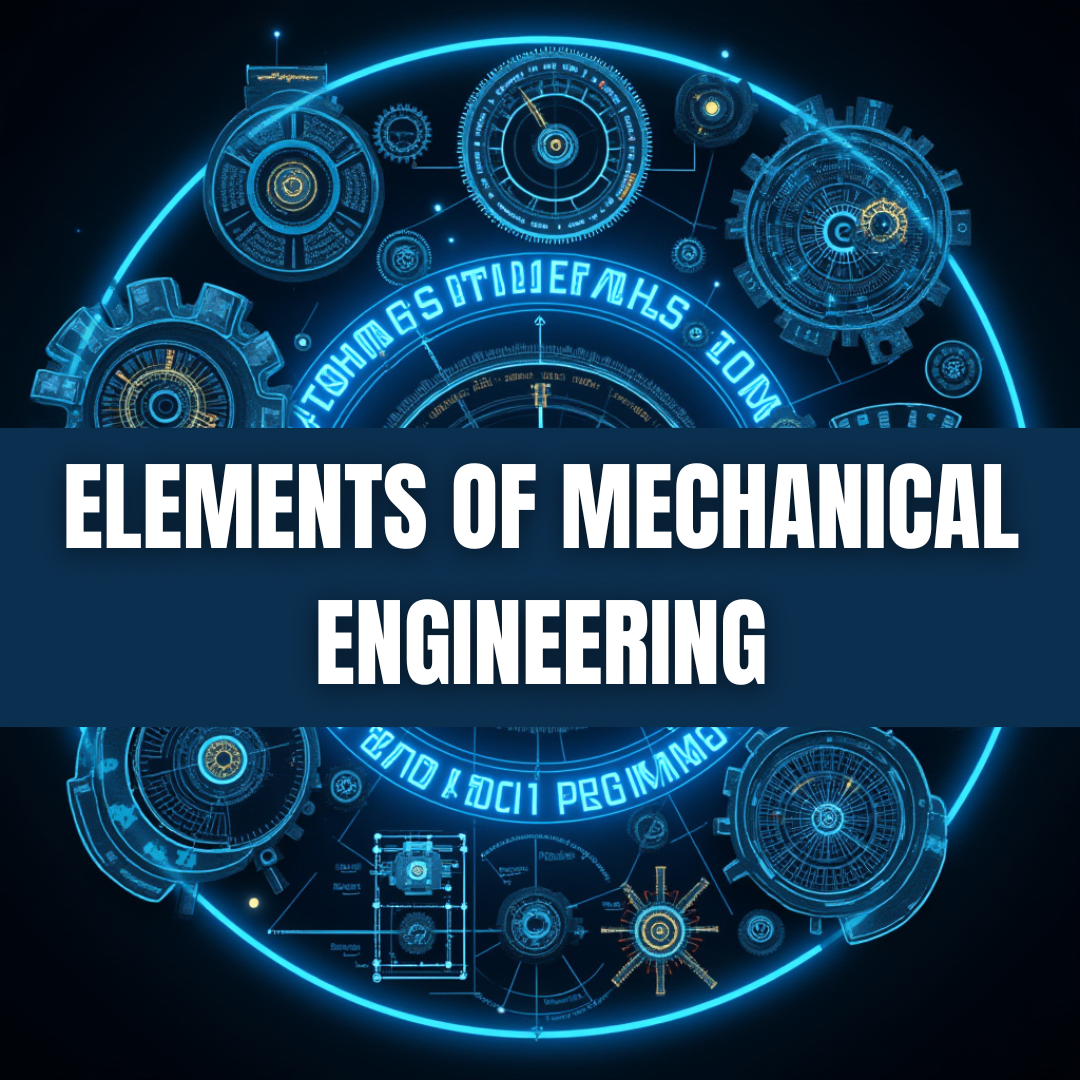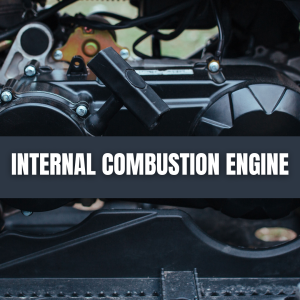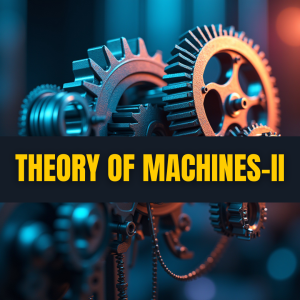Elements of Mechanical Engineering
13.98$
About the course
Elements of Mechanical Engineering deals with the basic principles and concepts required for developing a foundation of Mechanical Engineering. It mainly deals with the Laws of Thermodynamics and their Applications. It also includes the basics of Engineering Materials and the Concepts of Centroid and Moment of Inertia.
What will you learn?
The complete online syllabus of this course comprises 10 Learning Modules | 138 Topics of Learning | 6 Hours of Learning | 3 Assessments
Module
- Two-Dimensional Force System
- Friction
- Beams
- Trusses
- Centroid & Moment of Inertia
- Kinematics of Rigid Body
- Kinetics of Rigid Body
- Simple Stress & Strain
- Pure Bending of Beams
- Torsion
Topics of Learning
- Introduction to Engineering Mechanics
- Forces acting on Rigid Body
- Laws of Mechanics
- Newton’s Law of Motion
- Newton’s Law of Gravitation
- Law of Transmissibility of Forces
- Parallelogram Law of Forces
- Coplanar Concurrent Forces
- Lami’s Theorem
- General Method of Composition of Forces
- Free Body Diagram
- Equilibrium of bodies
- Equilibrium of Connected Bodies
- Coplanar Non-Concurrent Forces
- Moment of Forces
- Varignon’s Theorem
- Couple
- Resultant of Non-Concurrent Forces System
- Introduction to Friction
- Frictional Force
- Laws of Friction
- Angle of Friction
- Angle of Repose
- Cone of Friction
- Equilibrium of Bodies involving Dry-Friction
- Ladder Problems
- Belt Friction
- Shear Force
- Bending Moment
- Types of Loading
- Types of Support
- Statically Determinate Beams
- Statically Indeterminate Beams
- SF-BM Diagram for a Cantilever Beam Subjected to Point load
- SF-BM Diagram for a Cantilever Beam Subjected to Uniformly Distributed Load
- SF-BM Diagram for a Cantilever Beam Subjected to Uniformly Varying Load
- SF-BM Diagram for a Cantilever Beam Subjected to a Combination of Different Loads P-1
- SF-BM Diagram for a Cantilever Beam Subjected to a Combination of Different Loads P-2
- SF-BM Diagram for a Simply Supported Beam Subjected to Point load
- SF-BM Diagram for a Simply Supported Beam Subjected to Uniformly Distributed Load
- SF-BM Diagram for a Simply Supported Beam Subjected to Moment
- SF-BM Diagram for a Simply Supported Beam Subjected to a Combination of Different Loads P-1
- SF-BM Diagram for a Simply Supported Beam Subjected to a Combination of Different Loads P-2
- Introduction to Trusses
- Trusses
- Perfect Frame
- Deficient Frame
- Redundant Frame
- Assumption
- Nature of Foces in Members
- Method of Joint
- Method of Section
- Method of Section and Joint
- Introduction to Centroid & Moment of Inertia
- Centroid
- Use of Axis of Symmetry
- Centroid: Triangle
- Centroid: Sector of a Circle
- Centroid: Parabolic Spandral
- Centroid: Composite Bodies
- Moment of Inertia
- Perpendicular Axis Theorem
- Parallel Axis Theorem
- Radius of Gyration
- Moment of Inertia from First Principle P-1
- Moment of Inertia from First Principle P-2
- Moment of Inertia of Composite Sections
- Mass Moment of Inertia
- Transfer Formula
- Mass Moment of Inertia: Rod
- Mass Moment of Inertia: Circular Ring
- Mass Moment of Inertia: Solid Cone
- Mass Moment of Inertia: Sphere
- Introduction to Kinematics of Rigid Body
- Kinematics
- Translational Motion
- Rotational Motion
- General Plane Motion
- Relative Velocity & Resultant Velocity
- Acceleration due to Gravity
- Motion with Varying Acceleration
- Inclined Projection on Level Ground
- Projection on Inclined Plane
- Angular Motion
- Relationship between Angular Motion & Linear Motion
- Uniformly Accelerated Rotation
- Kinematics of Rigid Body Rotation
- Kinetic Energy of Rotating Bodies
- Introduction to Kinetics of Rigid Body
- Kinetics
- D’Alembert’s Principle
- Concept of Work
- Concept of Power
- Work Energy Equation for Translation
- Concept of Connected Bodies
- Motion of Connected Bodies
- Work done by Spring
- Linear Impulse and Momentum
- Co- Efficient of Restitution
- Loss of Energy during Impact
- Concept of Stress
- Engineering Stress and True Stress
- Classification of Engineering Stress
- Concept of Strain
- Engineering Strain and True Strain
- Classification of Engineering Strain
- Saint Venant’s Principle
- Hooke’s Law
- Stress and Strain Diagram for Mild Steel
- Stress and Strain Diagram for Cast Iron
- Modulus of Elasticity
- Modulus of Rigidity
- Bulk Modulus
- Possion’s Ratio
- Mechanical Properties of Metal
- Elongation of Simple Bar
- Elongation of Compound Bar
- Elongation of Bar of Varying Cross-Section
- Elongation Due to Self Weight
- Pure Bending
- Assumptions of Pure Bending
- Neutral Axis
- Bending Equation
- Introduction to Torsion
- Pure Torsion
- Assumptions of Pure TorsionTorsion Equation
For a quick review, please watch our videos here 




